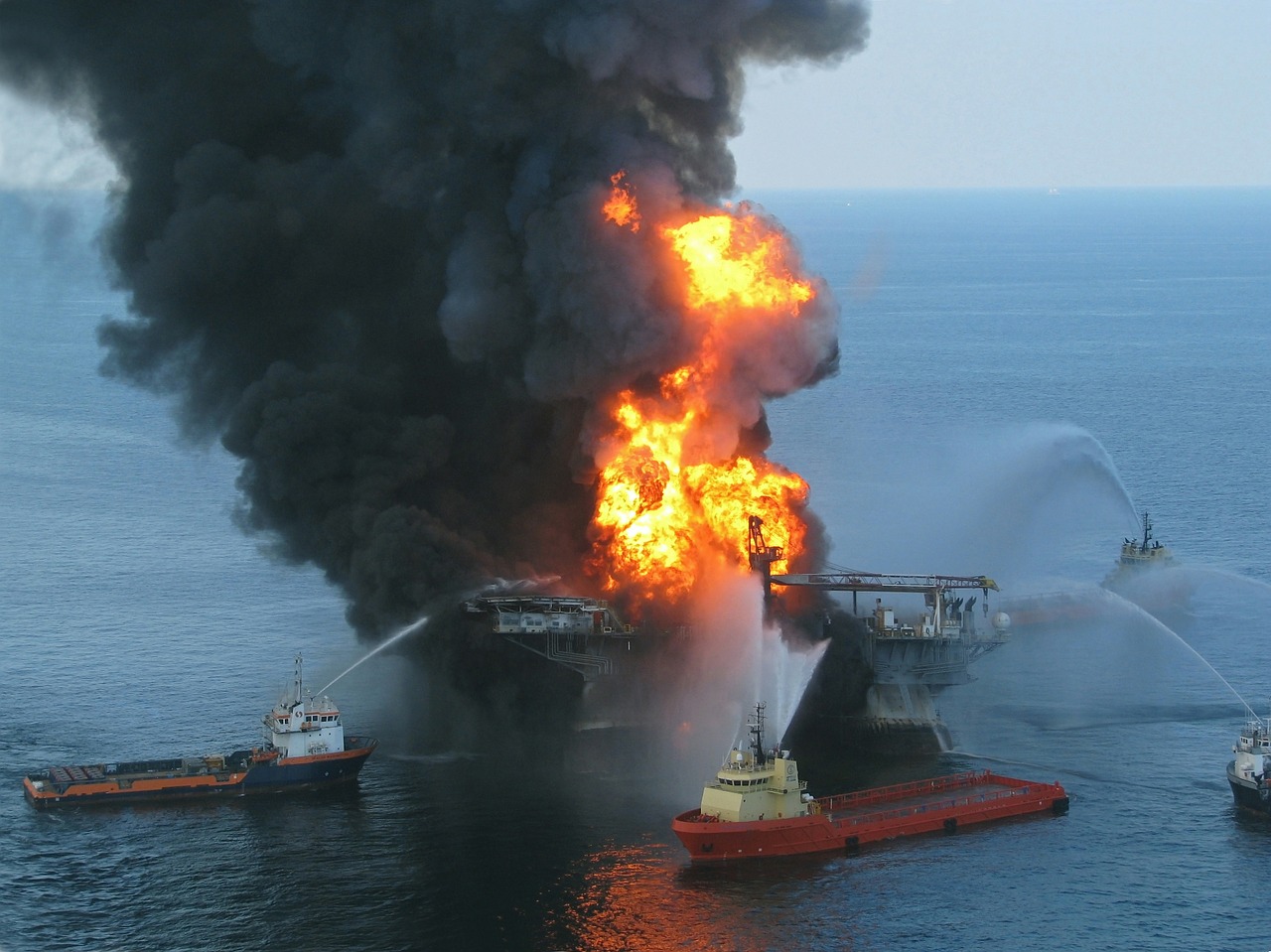- Blog
- Food & Agriculture
- Five years later, five lessons from the BP Deepwater Horizon oil disaster
Five years later, five lessons from the BP Deepwater Horizon oil disaster

Donate Now!
Your contribution will benefit Friends of the Earth.
Stay Informed
Thanks for your interest in Friends of the Earth. You can find information about us and get in touch the following ways:
Monday, April 20, 2015, marks five years after the BP Deepwater Horizon disaster, which spilled 210 million gallons of oil across the Gulf Coast. On the Friends of the Earth Medium page, climate change campaigner Marissa Knodel notes five lessons to remember after the months-long spill, the effects of which still linger today in the Gulf.
Read the full post here.
1. The BP Deepwater Horizon blowout and spill was not a one-off accident, but a predictable disaster.
The Deepwater Horizon incident happened when a “fail-safe” blowout preventer failed on the Macondo Well. Yet, if we view Deepwater Horizon as a technological problem caused merely by a failed cement casing and blowout preventer, all we’ll get is technological fixes. The reality is that the disaster was the result of institutional and organizational failures of the government and oil industry to govern oil and gas activities and respond when accidents occur. The Minerals Management Service approved BP’s exploration plan despite serious flaws that downplayed the possibility of a catastrophic spill, and its own environmental assessment of the area leased to BP and other energy companies stated that the potential impacts of oil spills and blowouts on wetlands, marine mammals, commercial fishing, economy, and water quality were not expected to cause significant damage. Federal investigations following Deepwater Horizon revealed numerous conflicts of interest between the Minerals Management Service and the oil and gas industry it was supposed to regulate. Given the pervasive culture of limited oversight for offshore oil and gas activities in exchange for cash bonuses and employment, Deepwater Horizon was a disaster waiting to happen.
2. Full restoration and recovery after an oil spill is a fallacy.
There was and remains much controversy over how much oil was spilled, where it went, and how much remains in the Gulf. A federal government study concluded that only one quarter of the oil spilled remains in the environment and that the rest was either removed, evaporated, dissolved or chemically dispersed. In comparison, an independent study by SkyTruth.org estimates that around 44 percent of the oil released during the spill remains underwater. In 2015, an investigation funded by the National Science Foundation’s Division of Ocean Sciences found that 2-16 percent of the total oil spilled, about 2 million barrels, remains in a ring at the bottom of the Gulf, covering an area of 1,250 square miles.
Meanwhile, BP continues to claim that the majority of impacts occurred immediately after the spill and that the Gulf is experiencing a “strong recovery.” That may be true for BP’s stock price and the oil and gas industry, which have seen a rise in the number of permits for deepwater drilling from 14 in 2010 to 603 in 2014, accompanied by a projected peak in production in 2016. But the fishermen and wildlife of the Gulf Coast have a different reality. Many Gulf Coast fishermen whose livelihoods depend on the oysters, shrimp and fish harvested from Gulf report that catches are still down by as much as a third, and some face the prospect of losing their homes due to financial hardship. A new report from the National Wildlife Federation found that wildlife species continue to suffer from deaths, low birth rates, and abnormal development due to residual oil and chemical dispersant compounds.
Read the full article on Medium here.
Image: Emergency response to the Deepwater Horizon explosion. U.S. Coast Guard via Wikimedia Commons
